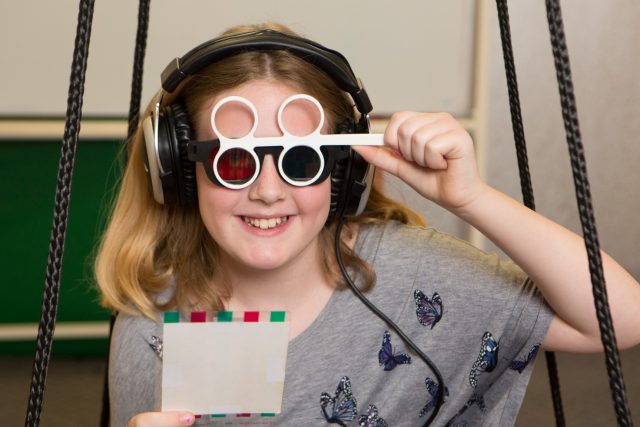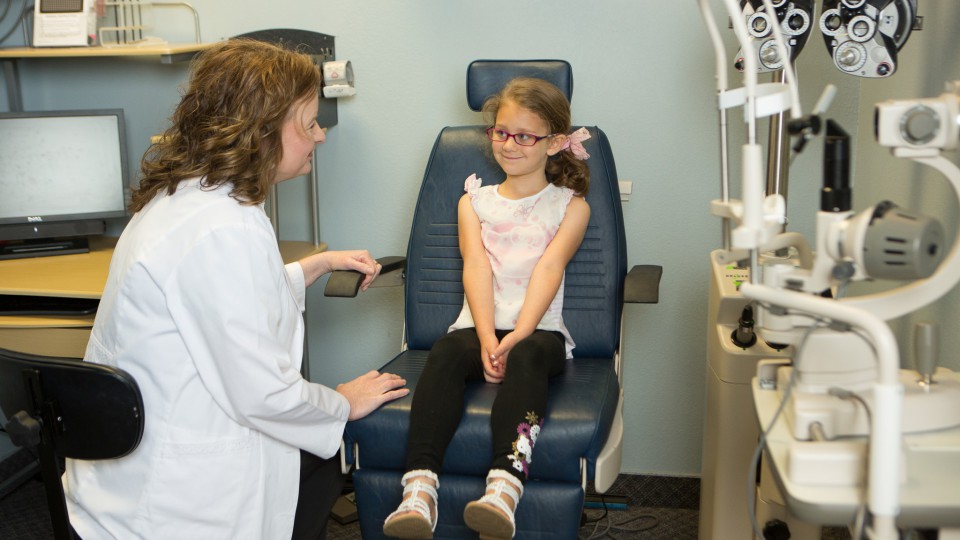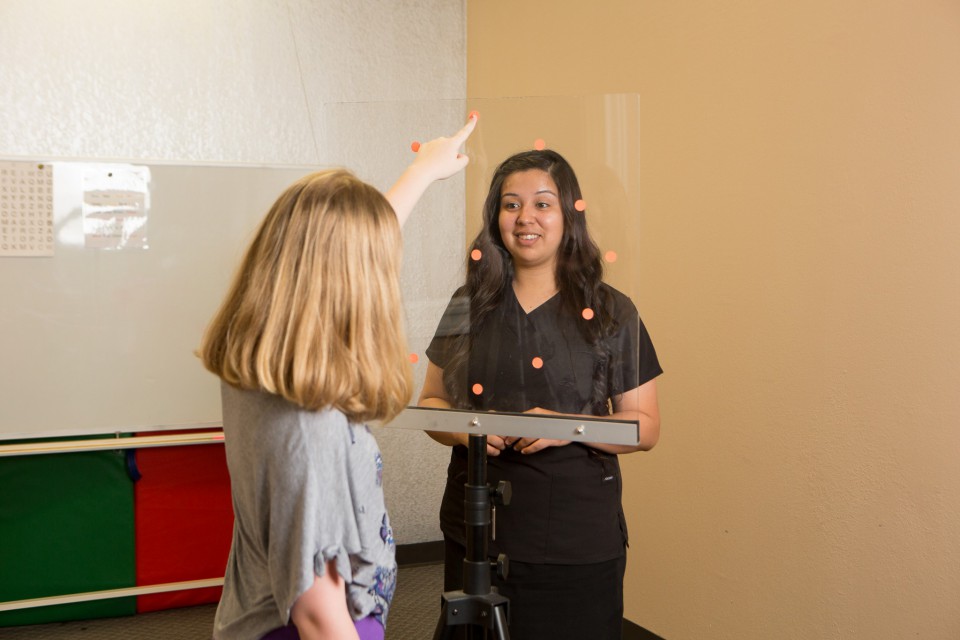

Vision Therapy is a non-surgical, therapeutic treatment prescribed by an optometrist. Like physical therapy for the eyes and brain, vision therapy helps the visual system correct itself. Treatment includes a doctor prescribed program of activities and procedures directed by a vision therapist. These activities help the patient use the eyes efficiently and improve visual comfort. Utilizing lenses, instruments, exercises, and occlusion (eye patching), vision therapy improves the overall eye function and performance.
Symptoms of vision disorders can be difficult to notice, which is why it’s important to schedule annual eye exams. If you or your child experience any of the symptoms or display behaviors below, schedule an appointment to see an optometrist immediately.
Scheduling a comprehensive eye exam with a licensed vision therapist or optometrist is the first step towards visual health and healing. These exams go more in depth than the annual eye exam in order to discover problems with how the eyes and brain function together. The tests measure vision acuity, eye teaming, focusing, tracking, perception, eye-hand coordination, and more.

There are many types of vision disorders, but the following are most common:
Once a diagnosis has been given, the doctor will develop an individualized therapy program and set of treatment goals. The patient will meet with a trained vision therapist 1-2 times a week for a period of 3-12 months depending on the nature and severity of the patient’s vision disorder.

Treatment can include one or more of the following:
If you or your child experience any type of eye problems, call Tyler Vision Therapy to schedule a comprehensive eye exam with Dr. Neshia Rudd today!